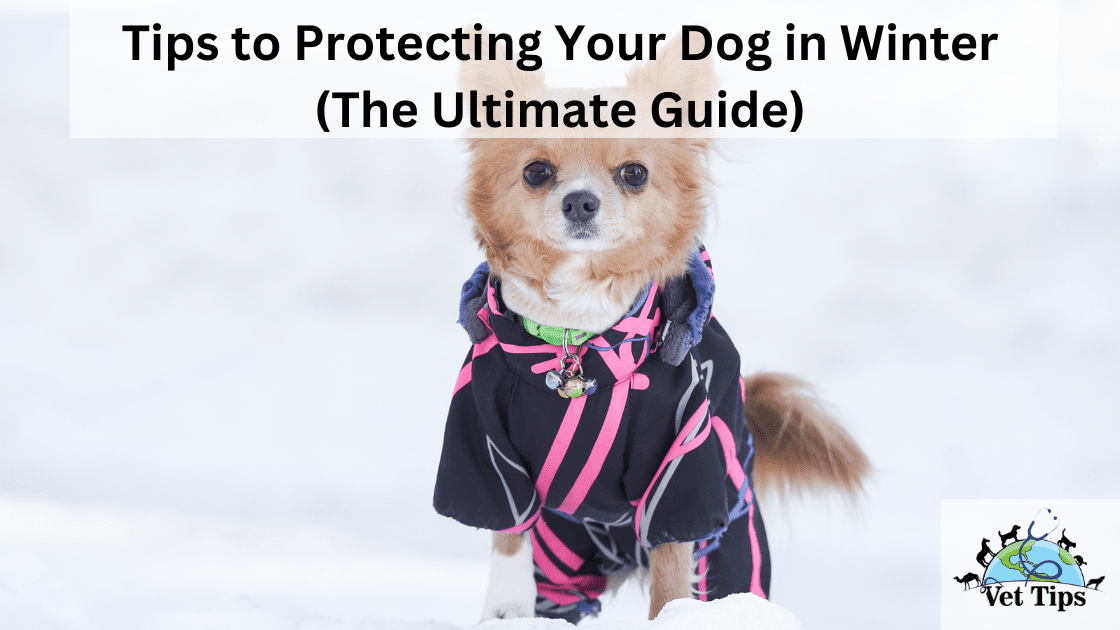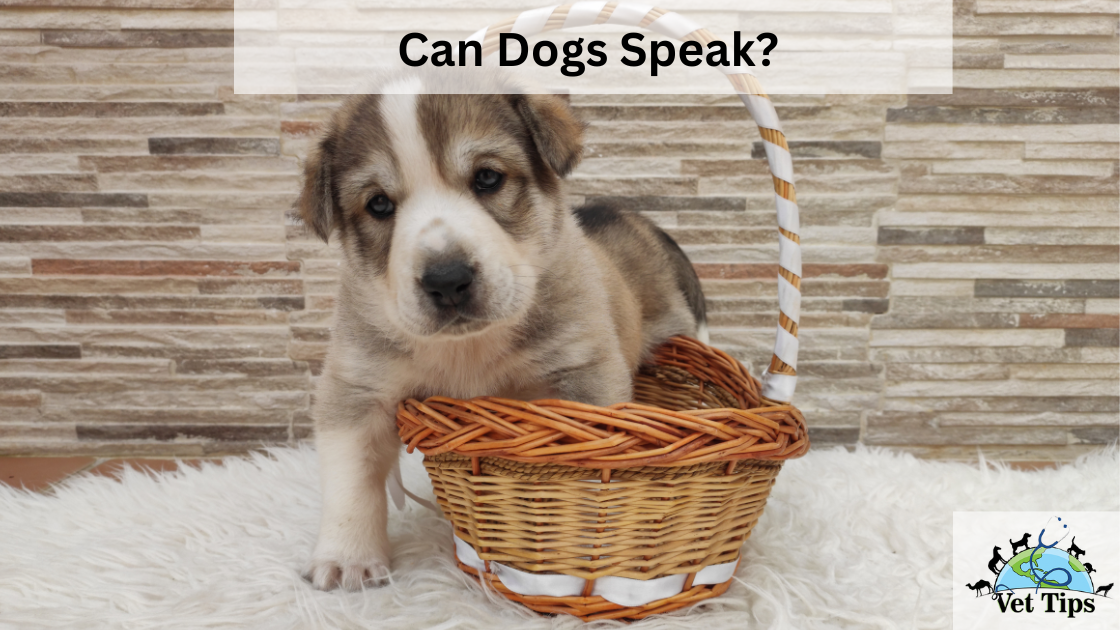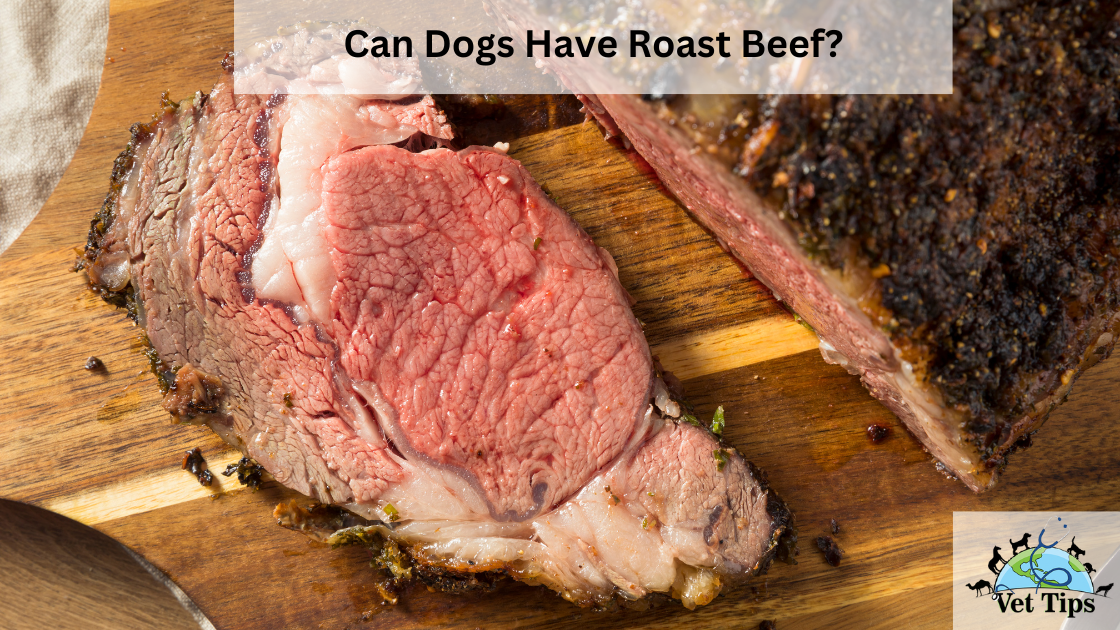Winter brings chilly temperatures, icy conditions, and unique challenges for our furry friends. As responsible dog owners, it’s crucial to take necessary precautions to ensure our canine companions stay safe and comfortable during the colder months. If you’re wondering how to protect your dog in winter, you’ve come to the right place. In this article, we will discuss all about “Tips to Protect Your Dog in Winter”. Continue reading to learn more about it.
Tips for Protecting Your Dog in Winter
1. Provide Adequate Shelter
When the temperature drops, it’s vital to provide your dog with a warm and cozy shelter. Ensure that their doghouse or designated indoor area is well-insulated and draft-free. Place warm bedding inside, such as blankets or straw, to provide an extra layer of insulation. If your dog spends significant time outdoors, consider using a heated doghouse to keep them comfortable.
2. Dress Your Dog for the Weather
Just like humans, dogs can benefit from wearing winter clothing. Invest in a well-fitting dog coat or sweater to protect your furry friend from the cold. This is especially important for smaller dog breeds, those with short fur, or dogs with medical conditions that affect their ability to regulate body temperature. Make sure the clothing is comfortable, allows for movement, and covers their chest and abdomen.
3. Protect the Paws
Winter can be harsh on your dog’s paws. Snow, ice, and salt used on roads and sidewalks can cause discomfort and even injuries. Consider using pet-safe ice melt products on your property. After walks, wipe your dog’s paws with a damp cloth to remove any residue. You can also apply a paw balm or use dog booties to provide an additional layer of protection against the cold and abrasive substances.
4. Adjust the Diet
During winter, dogs may require adjustments to their diet to maintain energy and body heat. Consult with your veterinarian to ensure your dog’s nutritional needs are met. Depending on their activity level, age, and breed, your vet may recommend slight changes to their food portions or incorporating supplements. Providing high-quality, nutrient-rich food and access to fresh water at all times is essential for their health.
5. Limit Outdoor Exposure
While dogs may enjoy playing in the snow, it’s important to limit their exposure to extreme cold temperatures. Shorten the duration of outdoor activities, especially during severe weather conditions. Keep an eye on your dog’s behavior for signs of discomfort, such as shivering or lifting their paws off the ground. Always have a plan to bring them inside promptly if the weather becomes too harsh.
6. Be Cautious with Antifreeze
Antifreeze is commonly used during winter, but it poses a significant danger to dogs. It has a sweet taste that can attract them, but even a small amount can be toxic and potentially fatal. Ensure that all antifreeze containers are securely stored out of your dog’s reach. If you suspect your dog has ingested antifreeze, seek immediate veterinary attention.
7. Maintain Regular Exercise and Mental Stimulation
Winter should not be a time of inactivity for your dog. Engaging them in regular exercise and mental stimulation is crucial for their physical and mental well-being. Create indoor games and activities to keep them active, such as puzzle toys or interactive play sessions. This will help prevent boredom
and ensure that they maintain a healthy weight. If weather conditions allow, take your dog for walks or play fetch in a safe, enclosed area. Physical exercise not only keeps them fit but also helps to generate body heat and keep their muscles and joints limber.
8. Avoid Frozen Bodies of Water
Frozen lakes, ponds, and rivers may appear enticing for a game of fetch or exploration, but they pose serious risks to your dog’s safety. Thin ice can easily crack under their weight, leading to them falling into freezing water. Always keep your dog on a leash when near bodies of water and avoid walking on frozen surfaces altogether. It’s better to be safe than sorry.
9. Keep Them Hydrated
While it’s easy to associate dehydration with hot weather, it’s important to remember that dogs still require proper hydration during winter. Cold air can be drying, and dogs may not feel as thirsty in colder temperatures. Ensure that your dog has access to fresh water at all times. Consider using heated water bowls or regularly checking their water source to prevent freezing.
10. Watch for Signs of Cold-Related Issues
Even with all the precautions in place, it’s crucial to monitor your dog for any signs of cold-related problems. Look out for symptoms of hypothermia, such as shivering, lethargy, pale gums, and difficulty walking. Frostbite may manifest as pale or discolored skin, blisters, or pain. If you notice any concerning signs, contact your veterinarian immediately for guidance and assistance.
FAQs
What to do inside the house with your dog during the cold winter months?
Chilly air and freezing temperatures in winter are harmful and life-threatening to dogs if they are not adequately cared for! It would help if you kept your canine companions at home as much as possible to avoid hypothermia and other medical conditions. So the question arises what to do with them inside the home? Because exercise is also necessary for their proper health and growth.
In the winter months, there are plenty of indoor activities for you and your dogs to enjoy, and you won’t even have to put on your shoes! These activities will help boost their growth and keep them fit by providing adequate exercise.
Here are some fun games and activities you can do with canines without going outside.
1. Learn a new command/trick.
Winter is an excellent time for dogs to learn something new at home. Learning new things helps your dogs being motivated, and exercise can help eliminate extra energy. Even some basic tricks and training can strengthen your overall relationship with your dog.
These new tricks may include Sit, Stand, Down, or any other basic command/trick
2. Play Mini-fetch
Before you play that into the house, there are several things to consider: How big is your canine friend? Do you have breakable objects around you? Is your floor is slippery or not? Etc
If your home has a nice, open space, consider making it a play area. Make sure your dog has enough traction and will not hit walls or your belongings while chasing or running. A room with a non-slippery carpet is preferred.
First, try to throw the ball slowly at a little distance to see how the dog moves when you try to play mini-fetch. This game is perfect for small dogs. Many dogs don’t like to spend time outside in the winter, but they want to run around and play inside the home. This is one of the best ways to provide playtime to the canines they need.
Check this one of the best frenzy fetch dog toy (best suitable for indoor playing in winter/summer)
3. Hide and seek
There are many ways to play hide and seek with your beloved dog. Once your dog understands the rules, it can be a fun and challenging game. It will be gratifying and pleasing for your dog when you use treats or their favorite toy while playing.
Show your dog the reward/treat, then take it to another room and hide it. Once it’s hidden, let your dog go and find that. At the start, you put the treat in a prominent place until your dog gets used to it.
Hide and seek also provide better exercise for dogs and suitable for their mental health.
As an alternative, you can use this modern hide and seek dog puzzle to play with your dog in winter
Some other indoor activities/games include:
- Follow the Leader
- Indoor Parkour
- Going up and down on stairs
That way, you’ll be able to exercise with your dog. If all else fails, classics like tug-of-war is the best option.
Be innovative and come up with some good ideas/games to share with your dog, depending upon your home. These indoor activities also strengthen the bond between you and your pet.
Why it’s essential to keep up with dog exercise during the cold winter months?
The main thing is to keep your dog active during these cold months because they become lethargic, lazy, and overweight without exercise. So proper training and exercise can keep them fit and healthy.
As we discussed above, playing indoor games/activities can also provide them adequate exercise, which is enough for them.
Summary: Tips to Protect Your Dog in Winter
These are some of the best tips to protect your dog in winter:
- Adjust in house temperature (Moderate temperature is usually best)
- Go outside when the sun shines
- Limit outdoor time in winter when there is no sun
- Provide warm and cozy bedding
- Protect your dog from heaters
- Moisturize your dog
- Please keep your dog hydrated (Due to excessive heat from heaters, your dogs may get dehydrated. So give enough freshwater to them daily)
- Groom your dog twice a week
- No overfeeding
Tell us in the comments, how you like our article “Tips to Protect Your Dog in Winter”
For similar posts like this, click here.
For the source file click here.





One thought on “Tips to Protecting Your Dog in Winter (The Ultimate Guide)”